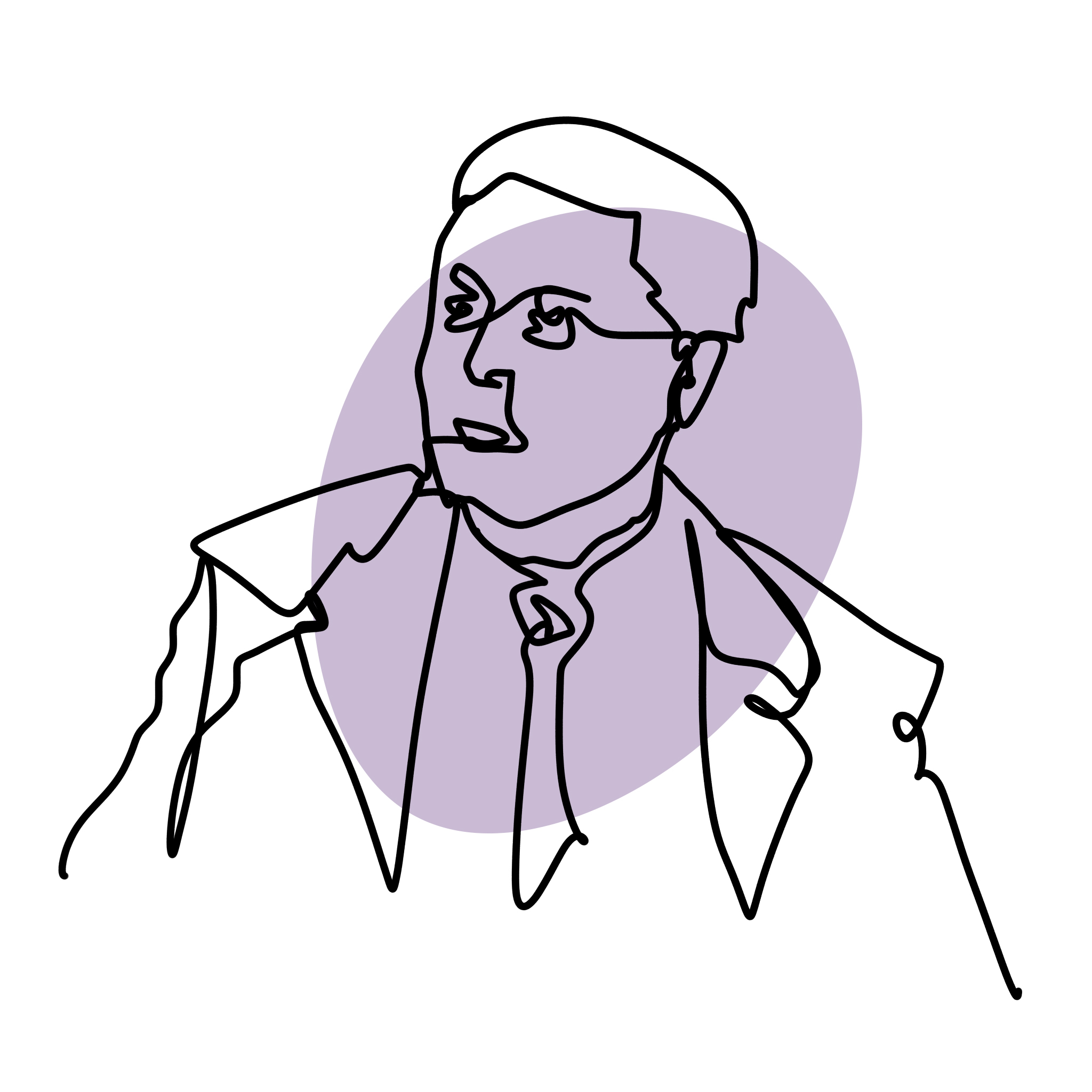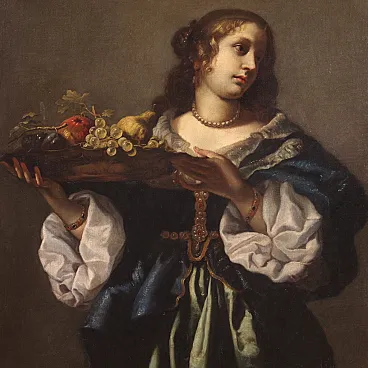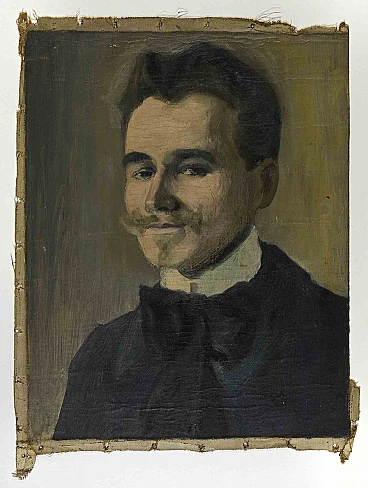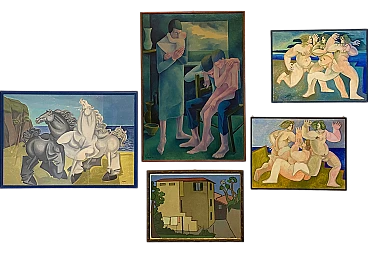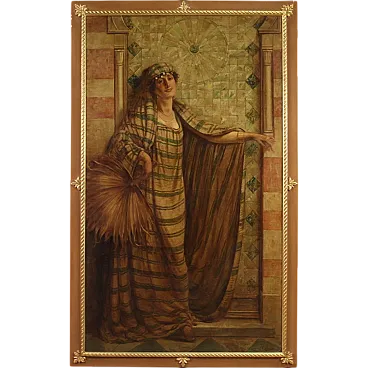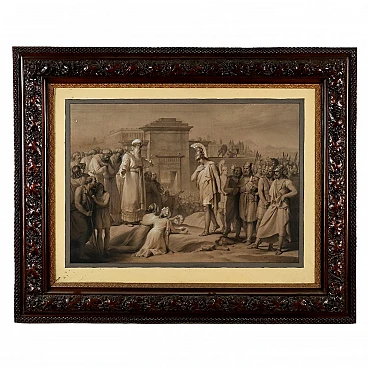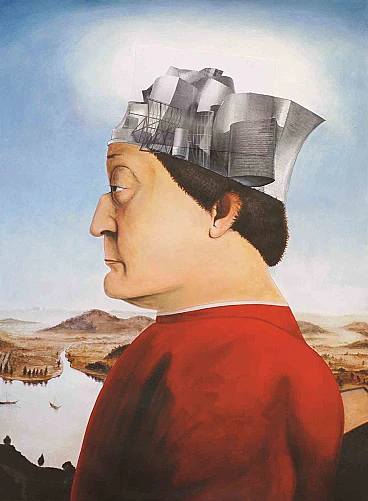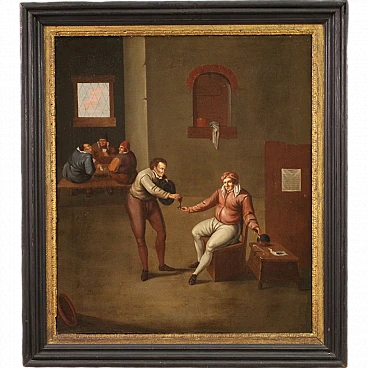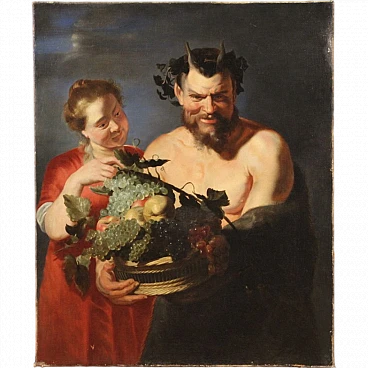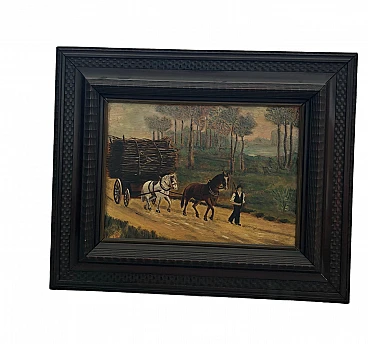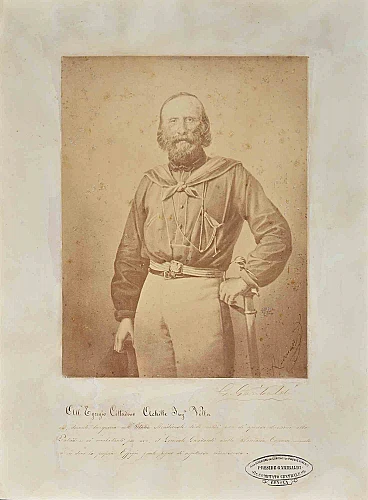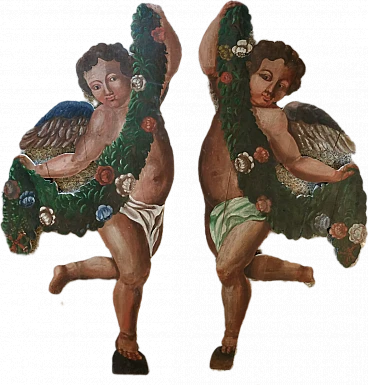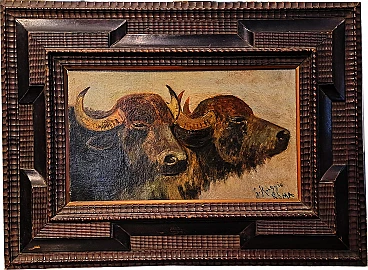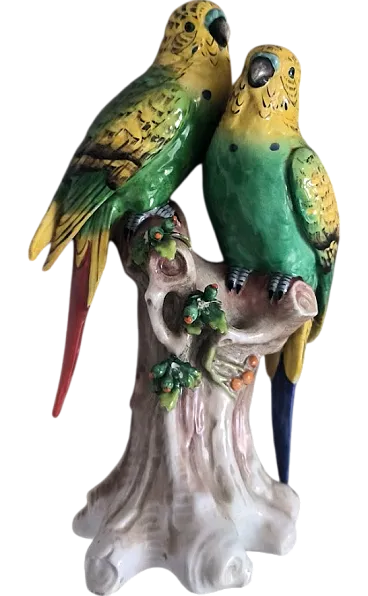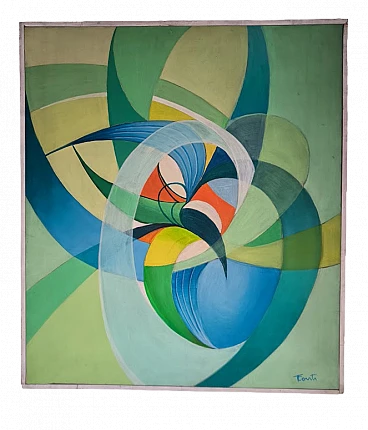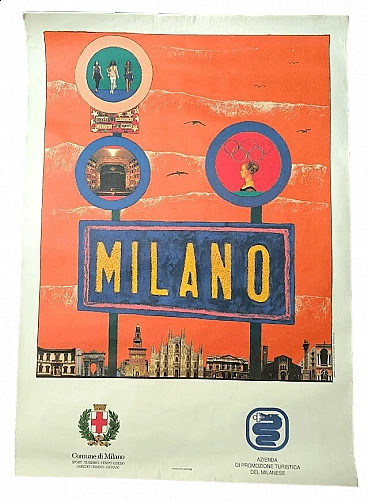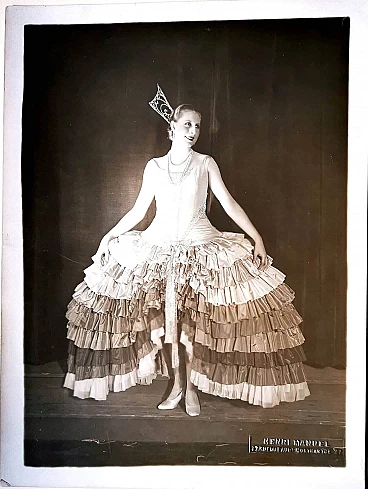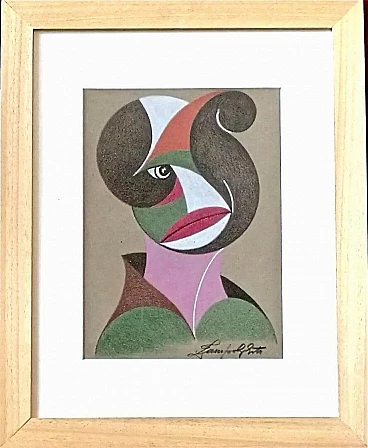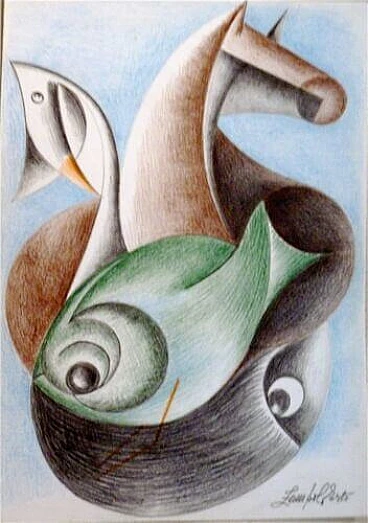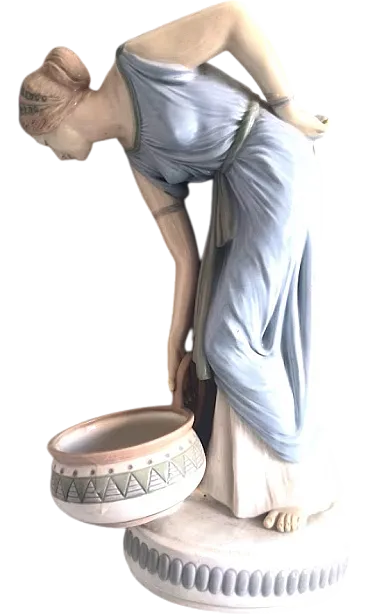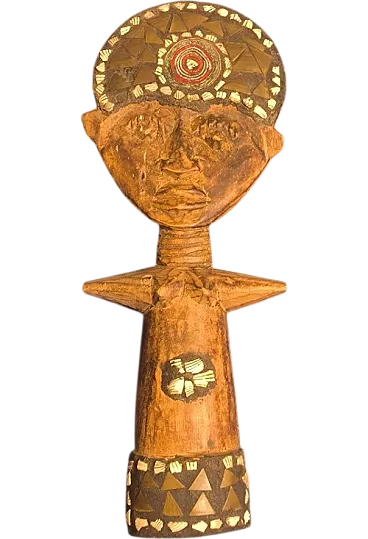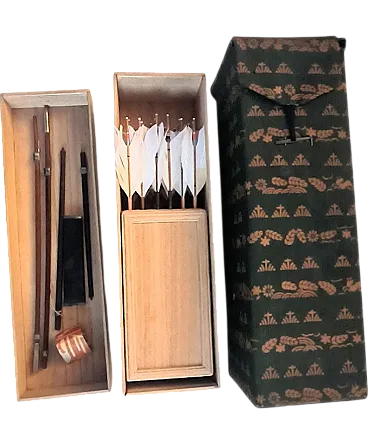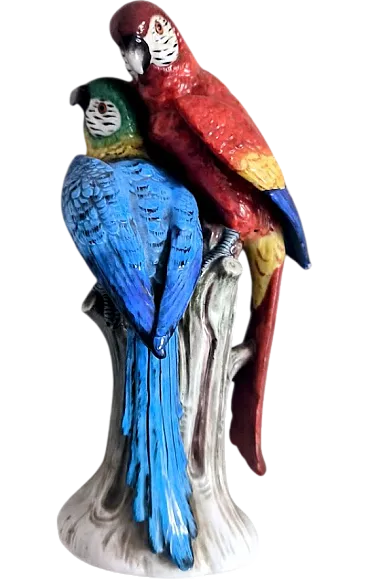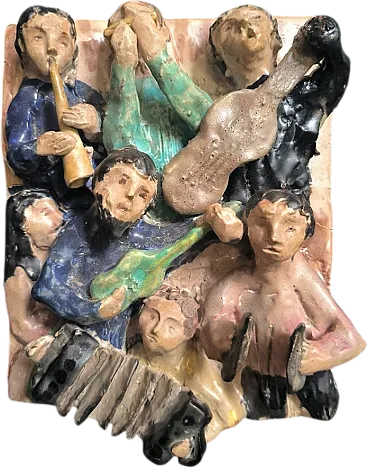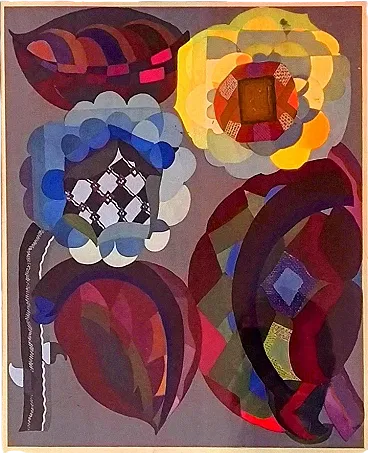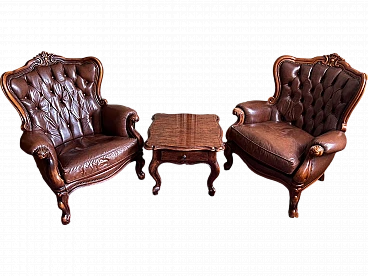Oil painting on canvas reproducing Correggio's Madonna of the Basket (circa 1525) and made supposedly in the 17th century or the 18th century. It has been restretched and restored; viewed with Wood's lamp it has very little restoration. Size without frame: 38 x 30 cm.
The original painting (34 x 25 cm) is in the National Gallery in London. This small painting, intended for private devotion, had the honor of being quoted in Giorgio Vasari's Lives in a decidedly enthusiastic manner: "bello a maraviglia, di mano del Correggio, nel quale la Nostra Donna mette una camiscia indosso a Cristo fanciulla". Its earliest provenance is precisely the one mentioned by Vasari, who records it within the first half of the 16th century in Parma at the famous Cavalier Baiardo, Parmigianino's patron and fine collector of the time. Probably because of this encomiastic mention, the work was appreciated by Bishop Federico Borromeo, who wanted a copy for his Milanese collection, entrusting its miniaturist Gerolamo Marchesini with the task. Also, for similar reasons, Diana Scultori in Rome, in 1577, derived a copy in engraving that must have helped spread its fame. Also from the Roman context comes the testimony of Federico Barocci, who was ready to embrace the narrative suggestions offered, in works such as the Madonna Albani. And it could not have been otherwise since the Urbino artist was in search of a less intellectual and artificial language than that spoken by his Mannerist contemporaries, a language capable of dressing sacred history in a garb of fresh and suasive naturalism. These aspirations led him on more than one occasion to reflect on the models offered by Correggio's religious art. The centerpiece of the painting is the affectionate relationship between the Virgin and the Child, her sweet attempt to dress him in the little blue shirt she has just finished sewing. The sewing basket with the scissors clearly visible stands to open the painting on the left and, as much as it is possible to read symbolic allusions in it, its role is mainly to endow the image with a convincing "effect of the real". By depicting the Virgin as a very young, almost adolescent, as she has just set aside the tools of needlework, Correggio succeeds in casting the sacred story in a setting of simple, captivating everyday life. Jesus is true man, according to the masculine evidence of the body, yet his mother has prepared him a double garment as a sign of the two natures, human and divine, that he carries within him. The truth of his destiny is expressed by his opening his arms at the cross, while his small right hand blesses with the Trinitarian symbol. Particularly for the background, where Saint Joseph can be glimpsed, reference can be made to Nordic models, notably to an engraving by Dürer that Correggio may have been familiar with, the Holy Family in Egypt.
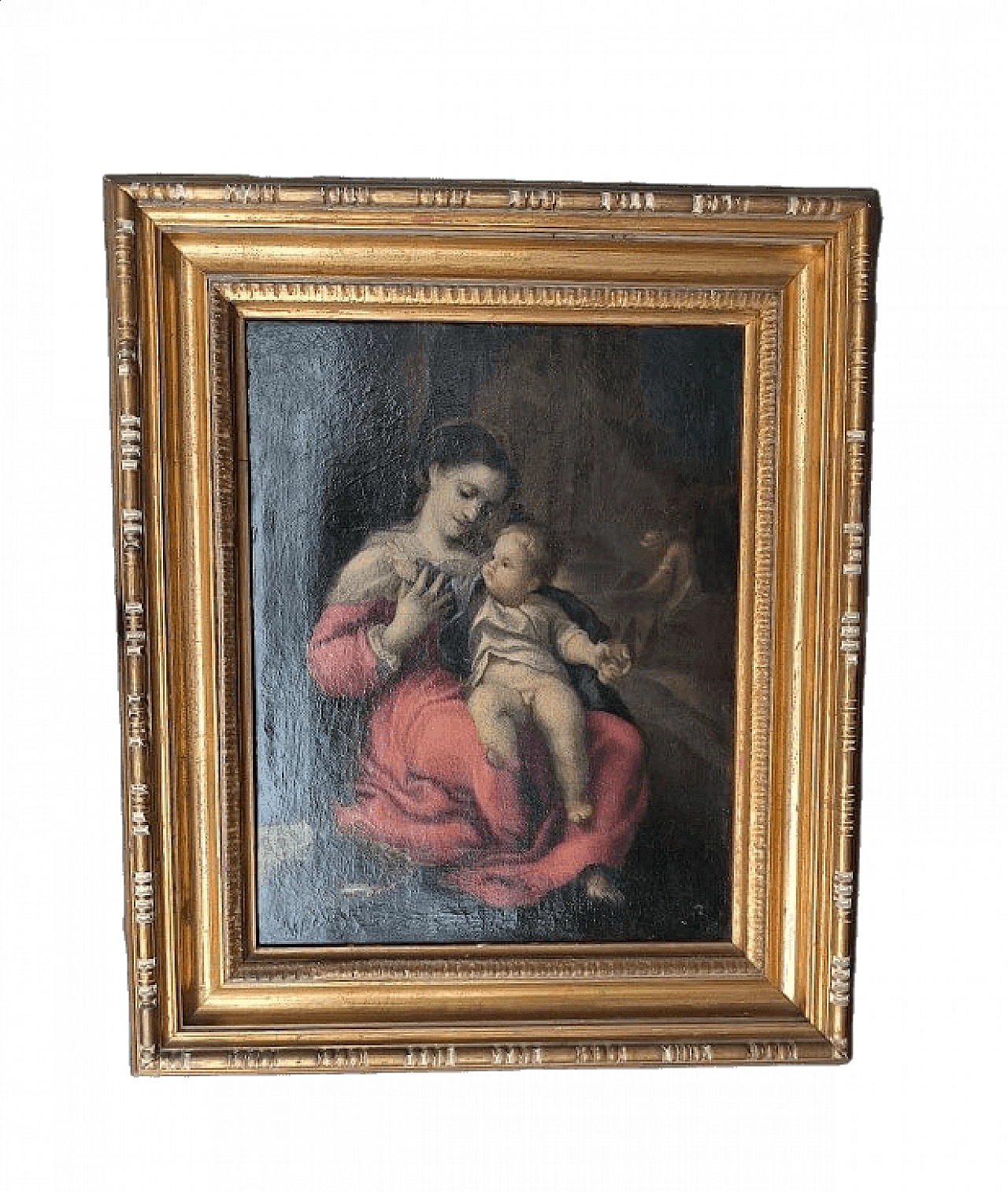
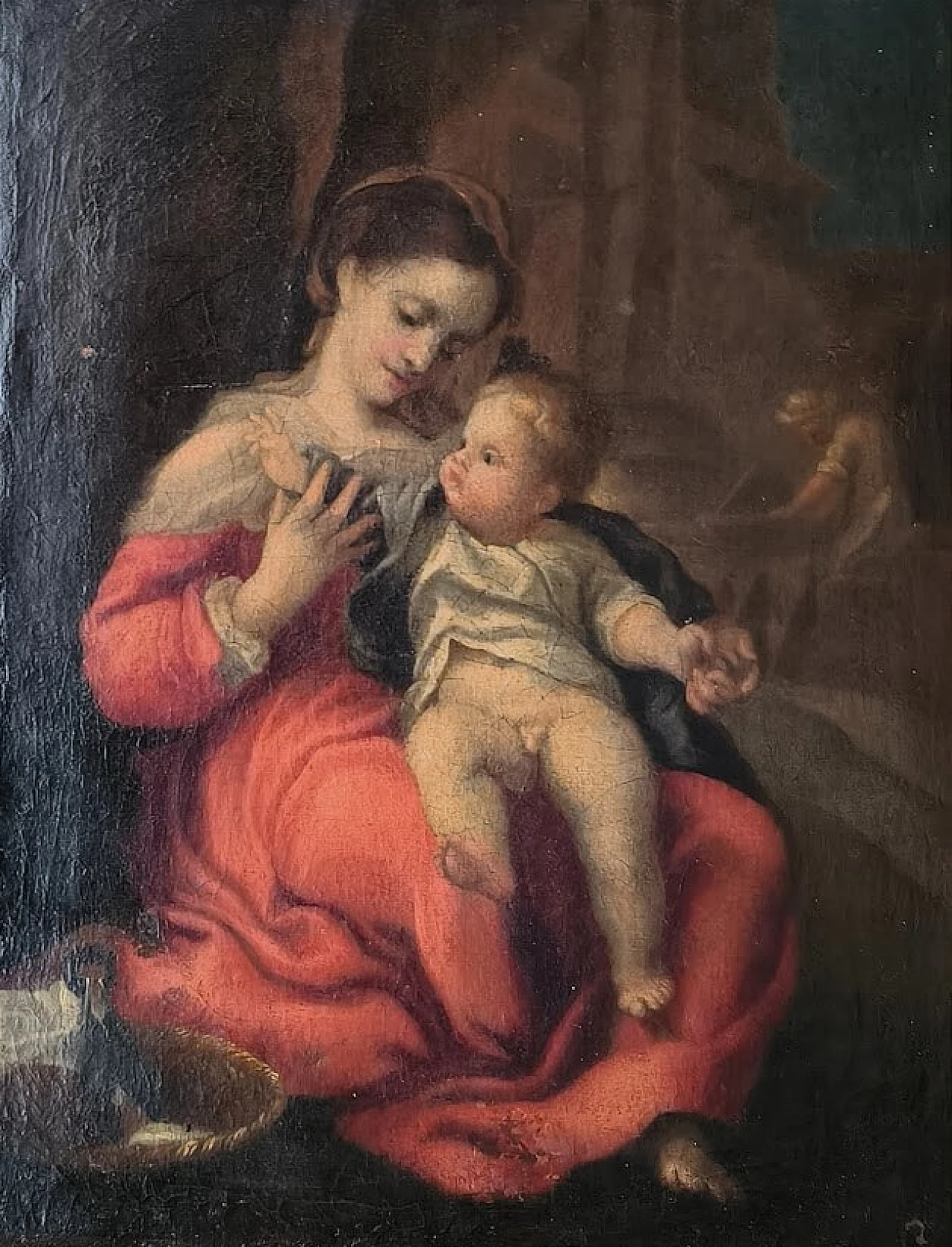
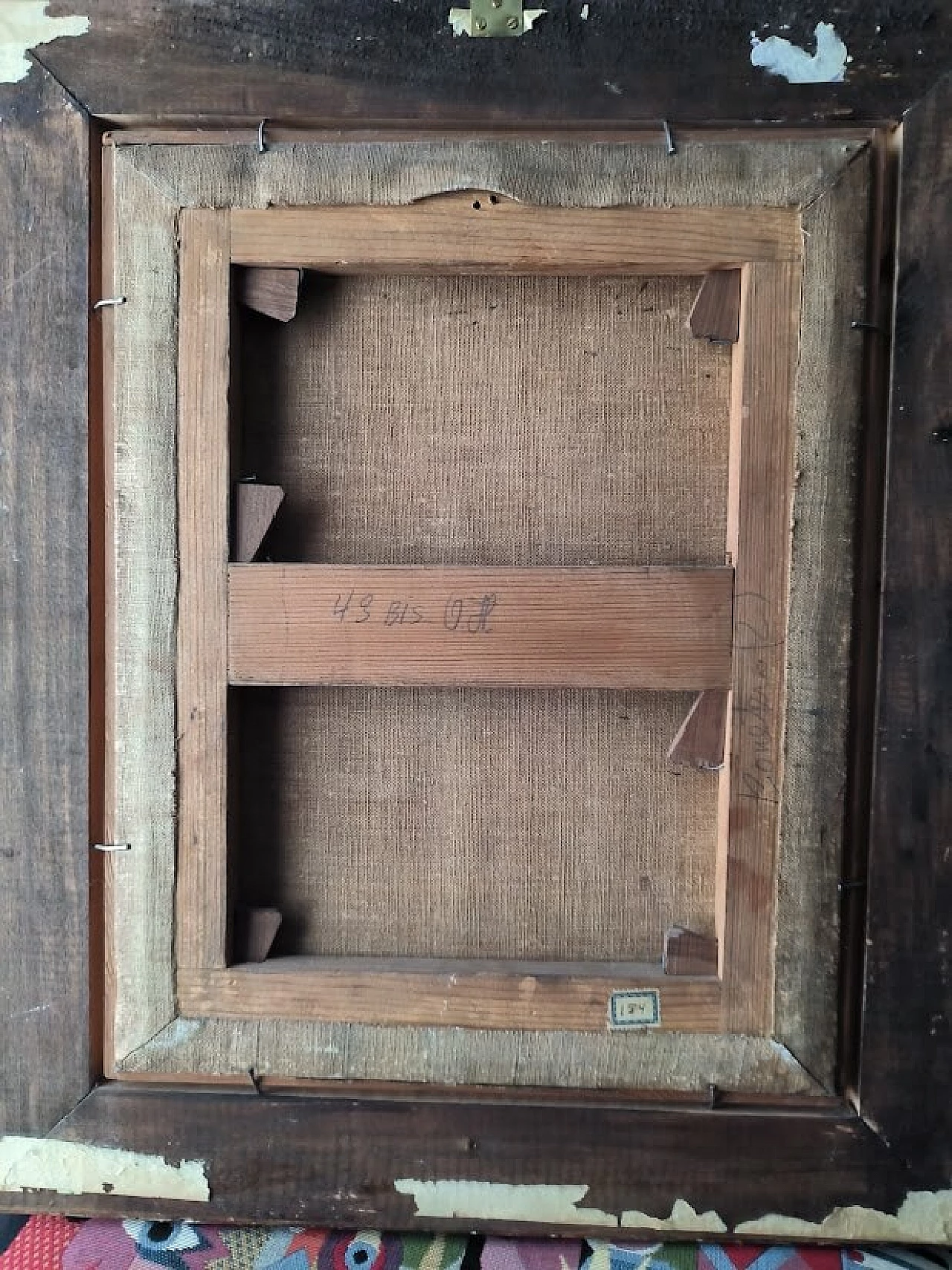
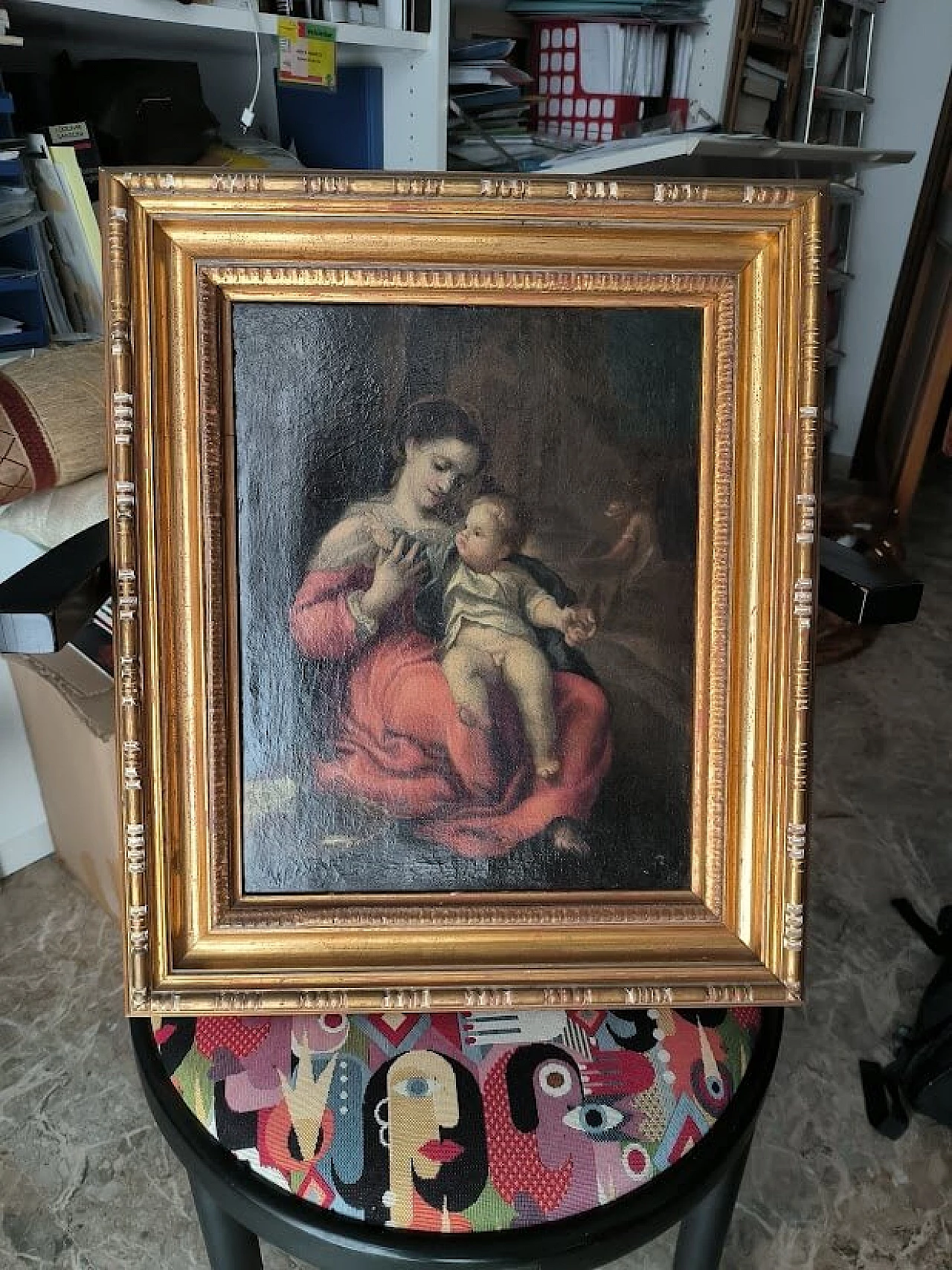
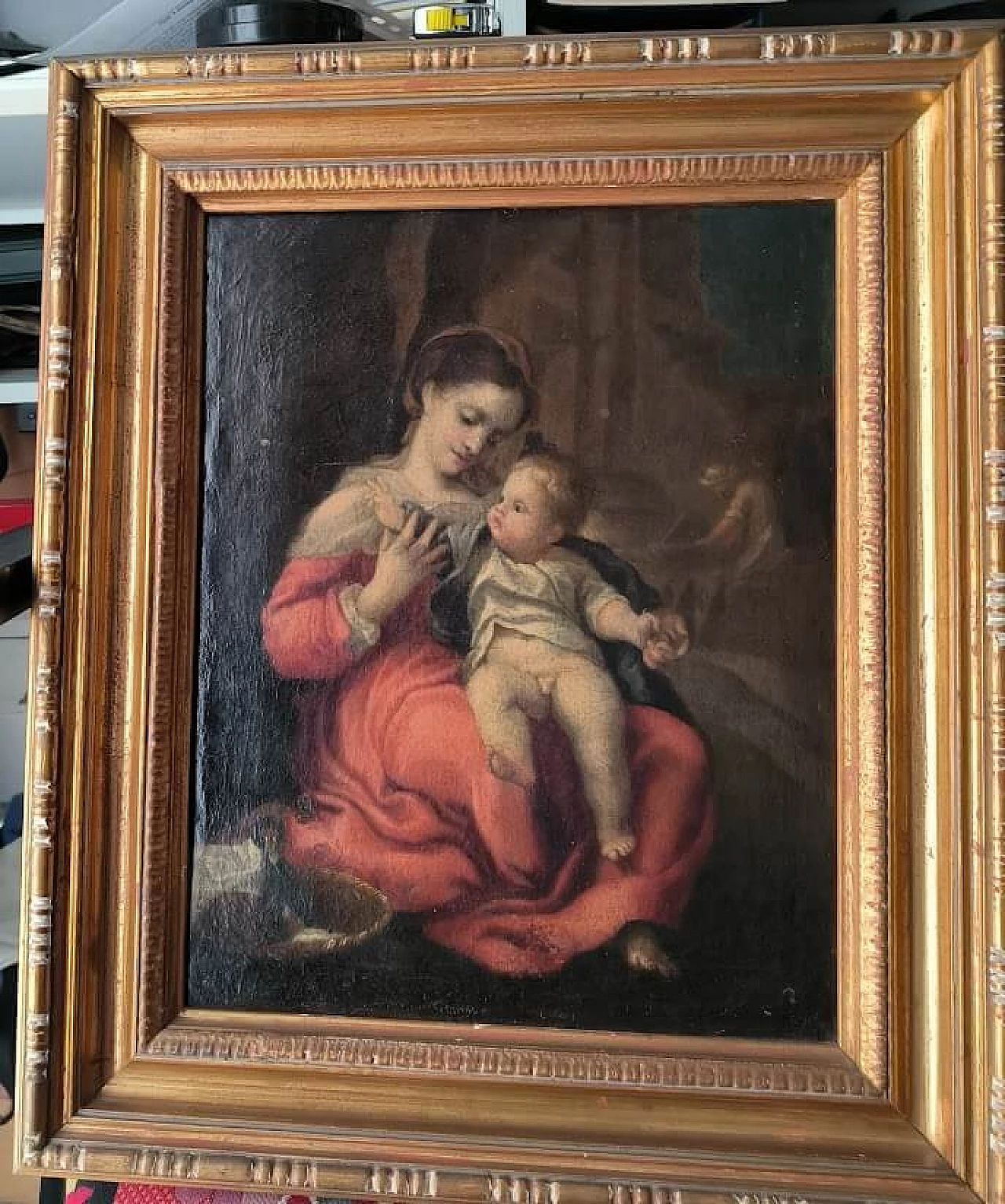
 SILVER Seller in Ferrara, Italy
SILVER Seller in Ferrara, Italy






.png)



